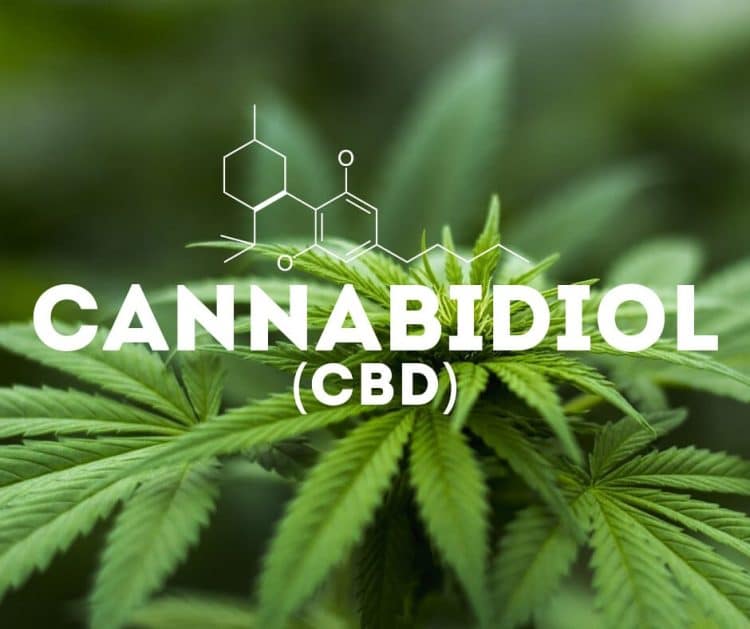Extracting the therapeutic cannabinoids from Cannabis sativa L. (C. sativa) is essential for developing cannabis-based pharmaceuticals. These cannabinoids exist in raw cannabis in acidic forms such as cannabidiolic acid (CBDA) and tetrahydrocannabinolic acid (THCA). The process of decarboxylation converts the naturally occurring acidic forms to their active neutral forms, such as cannabidiol (CBD) and tetrahydrocannabinol (THC).
There is a need for high-quality CBD-rich extracts with low concentrations of THC and cannabinol (CBN) to avoid intoxication. A new study has looked into the use of an in situ pressurized hot water extraction (PHWE) system to extract high-CBD extracts from cannabis seeds. [1] This study used a central design with two independent variables. Seeds were collected from a farm in Johannesburg, South Africa. The seeds were first dried at 30 ºC for four hours and then crushed to powder and sealed in a container awaiting extraction. The PHWE system featured a pump, water reservoir, gas chromatography oven (for decarboxylation), extraction cell, and collector vessel. After variable decarboxylation steps, the researchers performed extraction at 100 ºC for 30 minutes.
The researchers conducted twelve experimental runs assessing the amounts of THC, CBN, and CBD in each run. The study evaluated the decarboxylation step at different temperatures (80–150 °C) and times (5–60 min). Response surface methodology (RSM) was used to determine the appropriate conditions for optimal decarboxylation and optimal production of CBD while limiting THC and CBN content.
The cannabinoids were quantified and analyzed using ultra-high-performance liquid chromatography (UHPLC) and tandem mass spectrometry (MS/MS) with external calibration. Recoveries generally ranged between about 95% to 103%. Optimum decarboxylation conditions for a CBD-rich extract were set at 149.9 °C and 42.2 min.
At these conditions, the extraction recoveries for the cannabinoids were as follows:
- 78 mg/100 g for CBD
- 05 mg/100 g for CBN
- 03 mg/100 g for THC
The results showed that the RSM has good predictive abilities with a p-value < 0.05. Decarboxylation parameters portrayed significant effects on the CBD, CBN, and THC content; for example, above 125 ºC, THC began to degrade to CBN although CBD continued to increase up to 150 ºC. [1]
Significant research has focused on using supercritical carbon dioxide (CO2) extraction as a green extraction method to recover cannabinoids. This method is capital extensive, potentially putting it out of the reach of smaller extractors. Pressurized hot water extraction (PHWE) is a promising green technique that can be used to extract cannabinoids as a relatively cheaper alternative to supercritical CO2. [1]
Overall, using PHWE with decarboxylation as a selective extraction technique can help to maximize CBD yields.
Image Source
Chemist 4 U, Flickr, CC BY 2.0
References
Nuapia Y, et al. In situ decarboxylation-pressurized hot water extraction for selective extraction of cannabinoids from Cannabis sativa. Chemometric approach. Molecules (Basel, Switzerland). 2021;26(11):3343. Journal Impact Factor: 4.411, Times Cited: n/a











